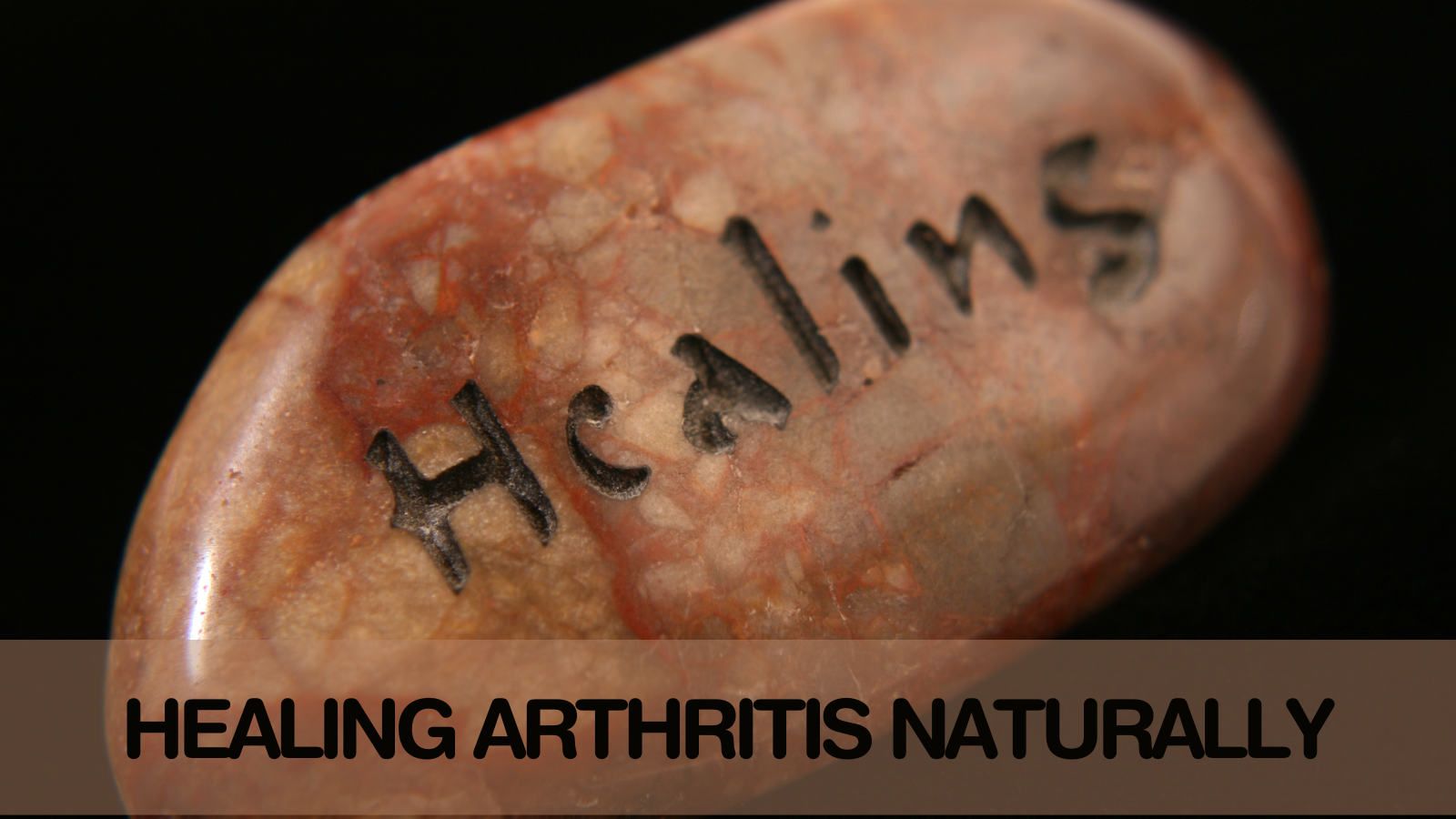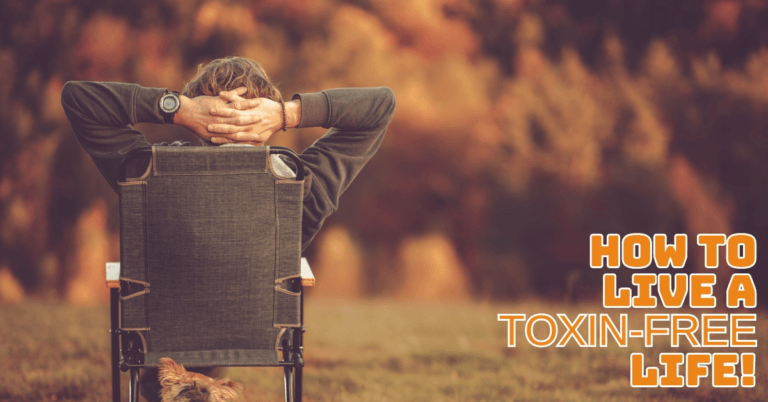Best Tips For Healing Arthritis Naturally
Best Tips For Healing Arthritis Naturally
Arthritis is a phrase that refers to a collection of diseases that cause inflammation and discomfort in joints.
While medical therapy may be beneficial, several home remedies and lifestyle adjustments may also assist in alleviating symptoms. Arthritis affects more than 50 million people and 300,000 children in the United States.
Arthritis and associated disorders come in over a hundred distinct varieties. The most prevalent kind is osteoarthritis, a degenerative disease that causes pain, swelling, and stiffness by removing the cushioning between the joints. Rheumatoid arthritis is another general kind of arthritis (RA).
The immune system inadvertently targets the joints and other regions of the body, resulting in excessive inflammation.
Arthritis may be painful and cause long-term damage to the joints. This post will cover some of the most effective home treatments for reducing arthritis and treating its symptoms.
While you should continue to see your doctor, several natural therapies may help reduce rheumatoid arthritis pain and stiffness (RA).
Many of them are straightforward, such as using heat and ice packs. Others, such as acupuncture, need the assistance of a qualified professional.
If you wish to attempt natural or home remedies, talk to your doctor about which ones might be most beneficial for you and if there are any restrictions on what you may try.
If they say yes, you may want to check into some of these typical therapies, beginning with three that need expert assistance.
For ease of use, I listed the venues of natural healing for arthritis in alphabetical order.
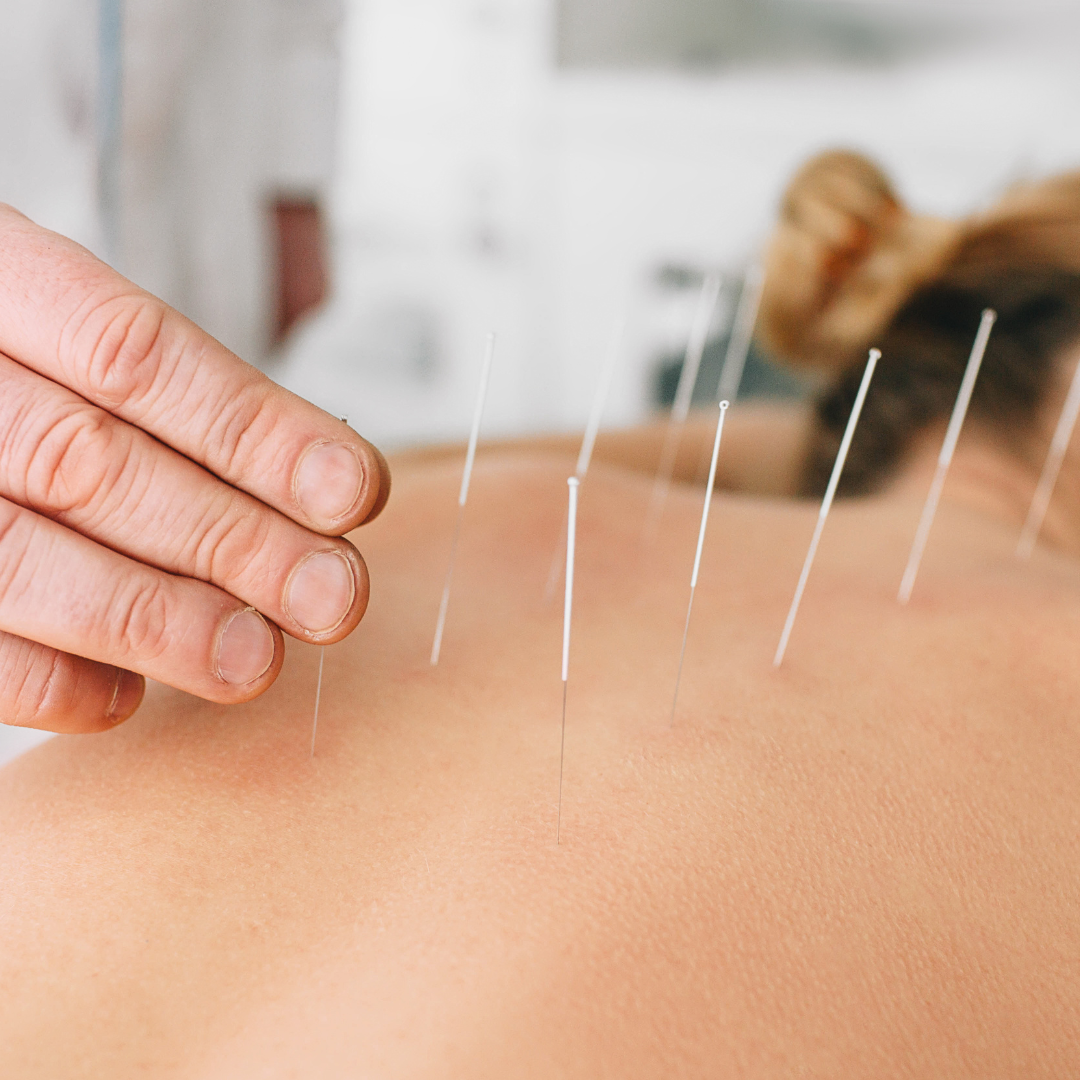
1. Acupuncture
This ancient style of Chinese medicine is one of the most effective natural pain relievers available.
It employs ultra-fine needles to activate energy along meridians, which are energy lines in the body. The purpose is to repair energy or qi (pronounced “chee”) imbalances.
Although studies demonstrate that acupuncture reduces levels of substances in your body associated with inflammation, there isn't much study on it specifically for RA.
It also aids in the treatment of chronic pain, particularly back pain. It may also aid in the treatment of osteoarthritis.
Because acupuncture requires sterile and correctly placed needles, contact your rheumatologist for a referral to a practitioner who specializes in RA patients.
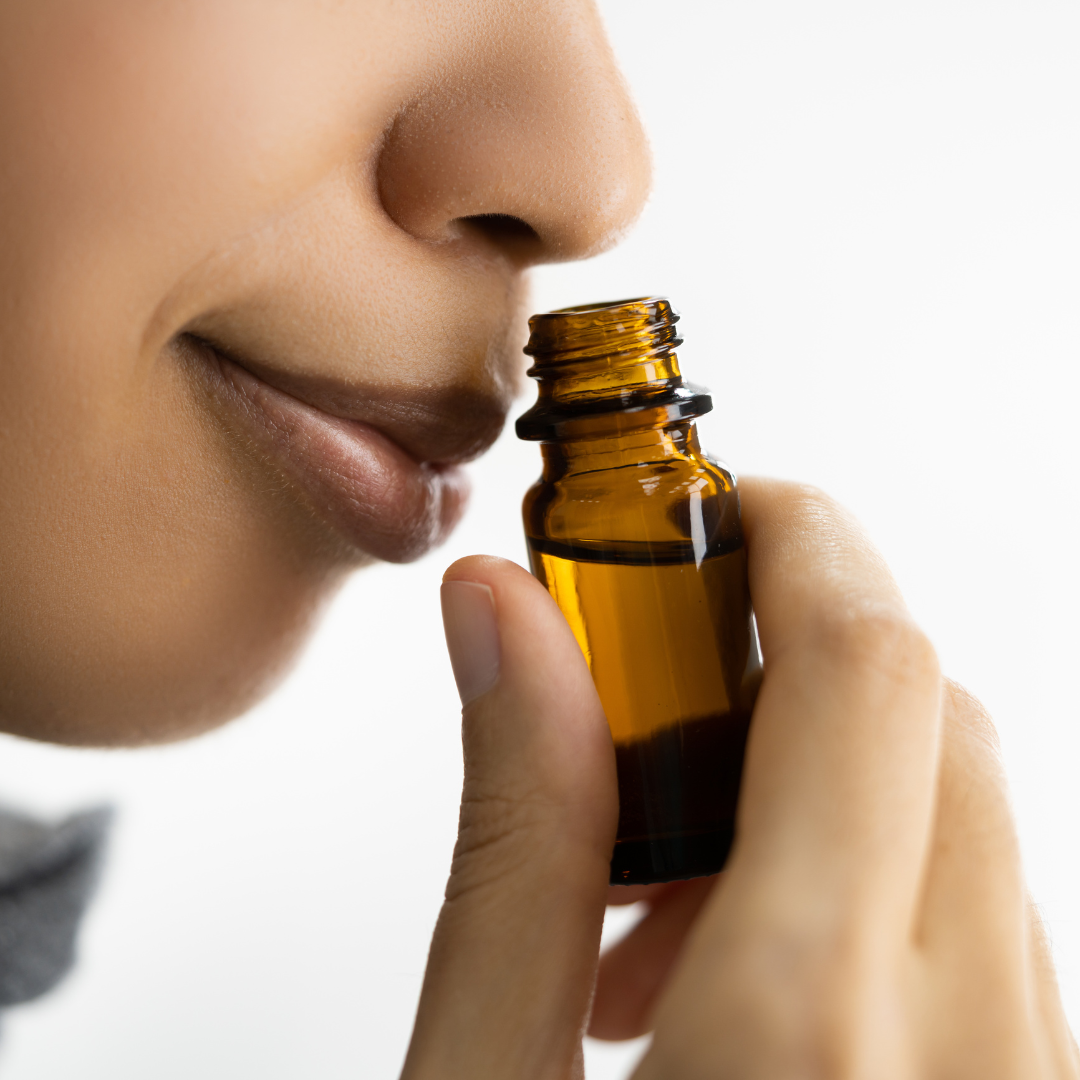
2. Aromatherapy
This natural remedy seems not to affect pain levels of inflammation-causing chemicals. However, it has the potential to improve your mood.
A little research discovered that the aroma of lemon might improve your mood, but that's about it.
3. Biofeedback
This method aids in regulating instinctive reactions like heart rate and blood pressure. You do so by wearing sensors on your body that feed data to a monitor. A therapist will educate you on how to manage your stress response.
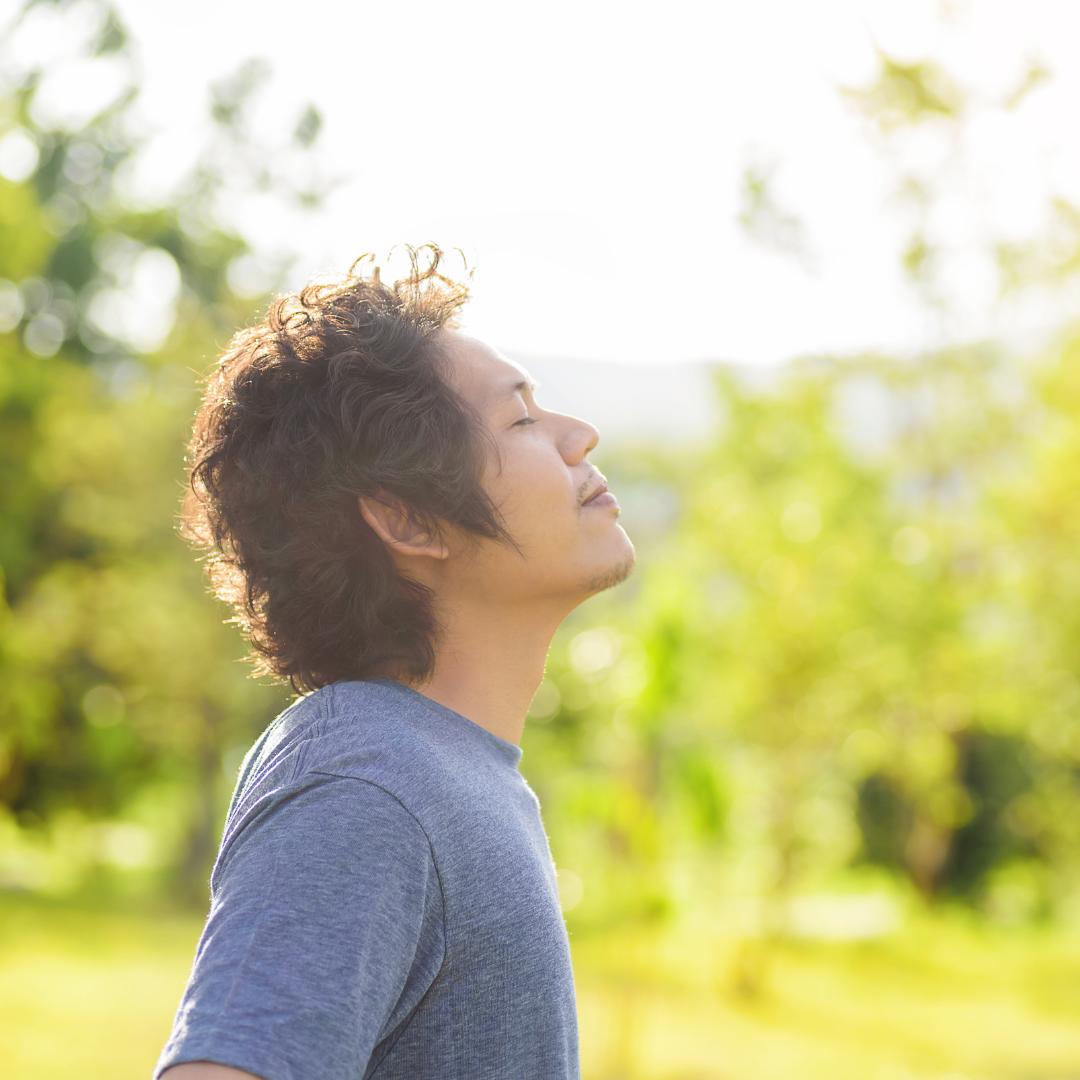
4. Breathing Deeply
Slowly inhale and exhale from your belly button. It can relax you and switch off the stress receptors in your body that tense your muscles and aggravate pain. Furthermore, concentrating on your breathing diverts your attention away from painful ideas.
5. Creams, Gels, And Patches For The Skin
Although you would not think of a pain rub as a natural cure, many of these products include capsaicin, the active element in chilli peppers.
It has been shown in studies to aid in arthritis pain relief. It should not be used in conjunction with a heating pad. It increases the likelihood of burns.
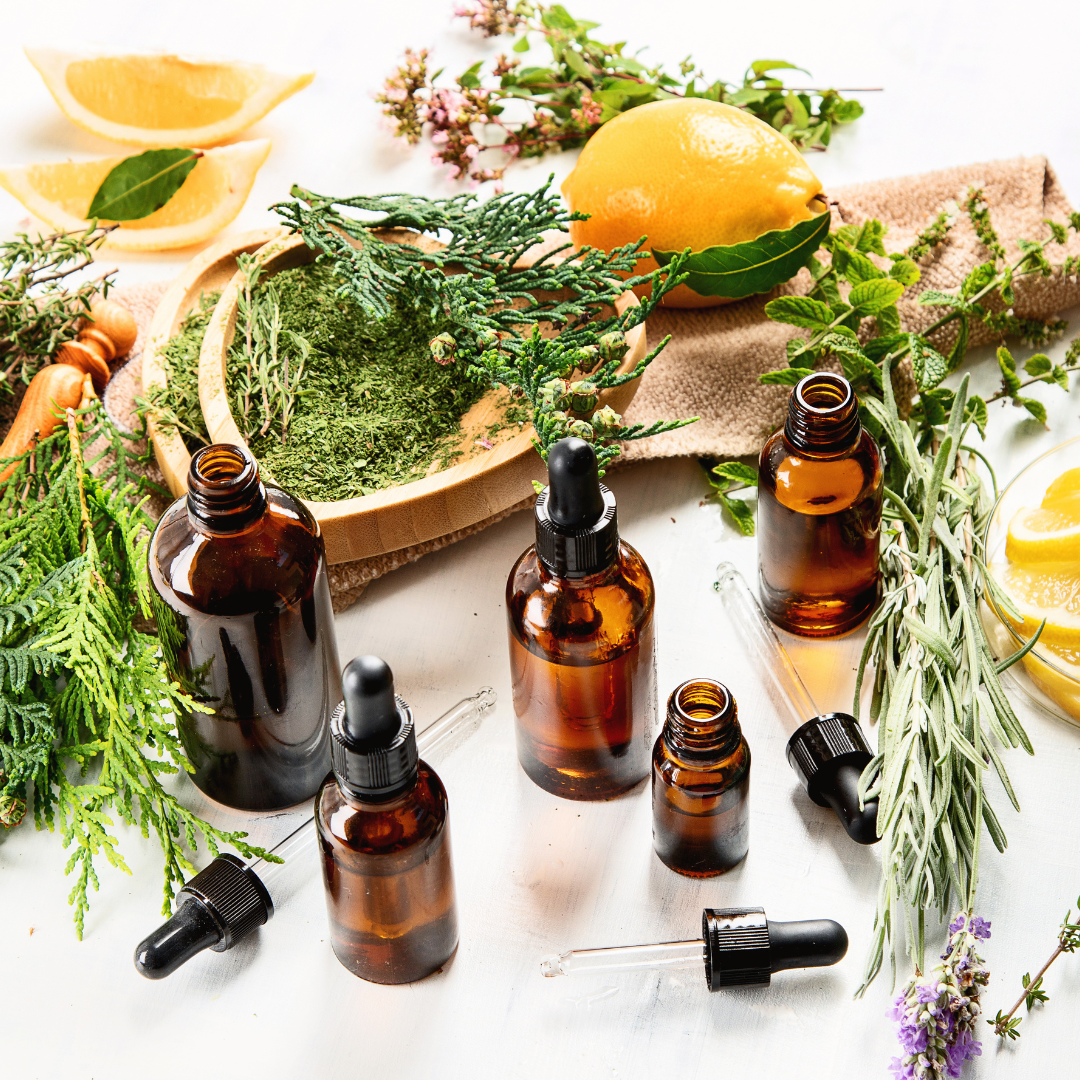
6. Essential Oils
Essential oils are substances that have been extracted from plants. Massage with essential oils may be quite relaxing.
Be cautious if you apply them to your skin or have someone else do it. Some of these are well-known irritants. To see how you respond, try a test patch. It should not be used on skin that is broken or injured.

7. Exercise
You may not feel like moving, but it benefits your health. It won't make your arthritis worse and could even help you feel better by reducing joint swelling and discomfort.
Before you begin, see your doctor or a physical therapist if you have arthritis. They can assist you in developing the best program for you. It will most likely concentrate on the following:
- Aerobics, such as walking or swimming to get your heart pumping
- Strength training to keep the muscles surrounding your joints strong
- Range-of-motion exercises to help your joints operate as they should
- Balance exercises to prevent you from tripping and falling
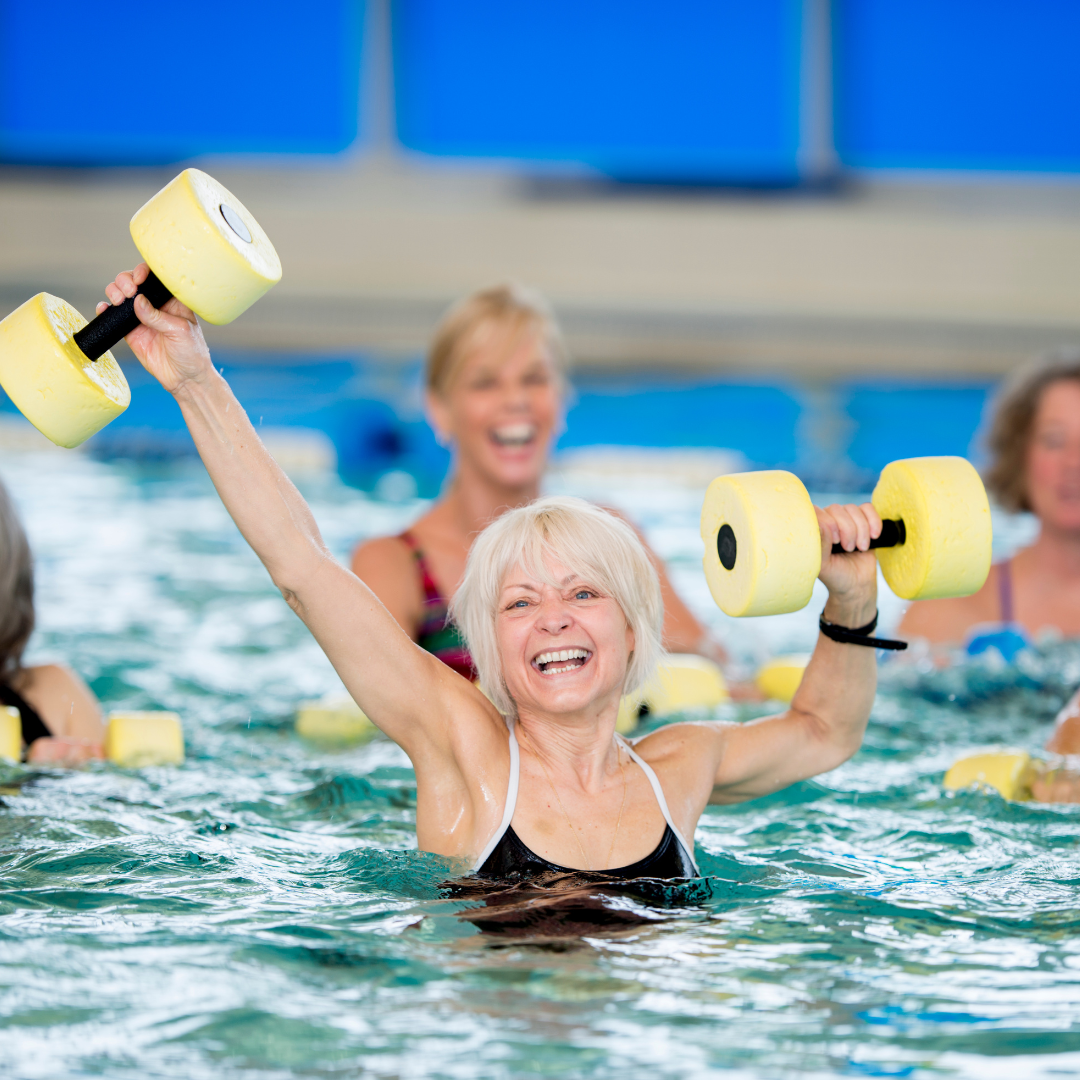
8. Exercises In The Water
People with arthritis may benefit from aquatic workouts. Water offers resistance, which helps enhance training intensity.
At the same time, the buoyancy provided by the water helps support body weight, alleviating joint strain.
An aquatic exercise program provided the following advantages to older persons with osteoarthritis, according to a 2015 research review:
- Better happiness and quality of life
- Decreased body fat
- Enhanced coordination
- Improved range of motion
The individuals also reported less arthritic pain. However, it was usually only temporary. The studies back up existing recommendations to do 40–60 minutes of water exercise thrice a week for long-term pain treatment.
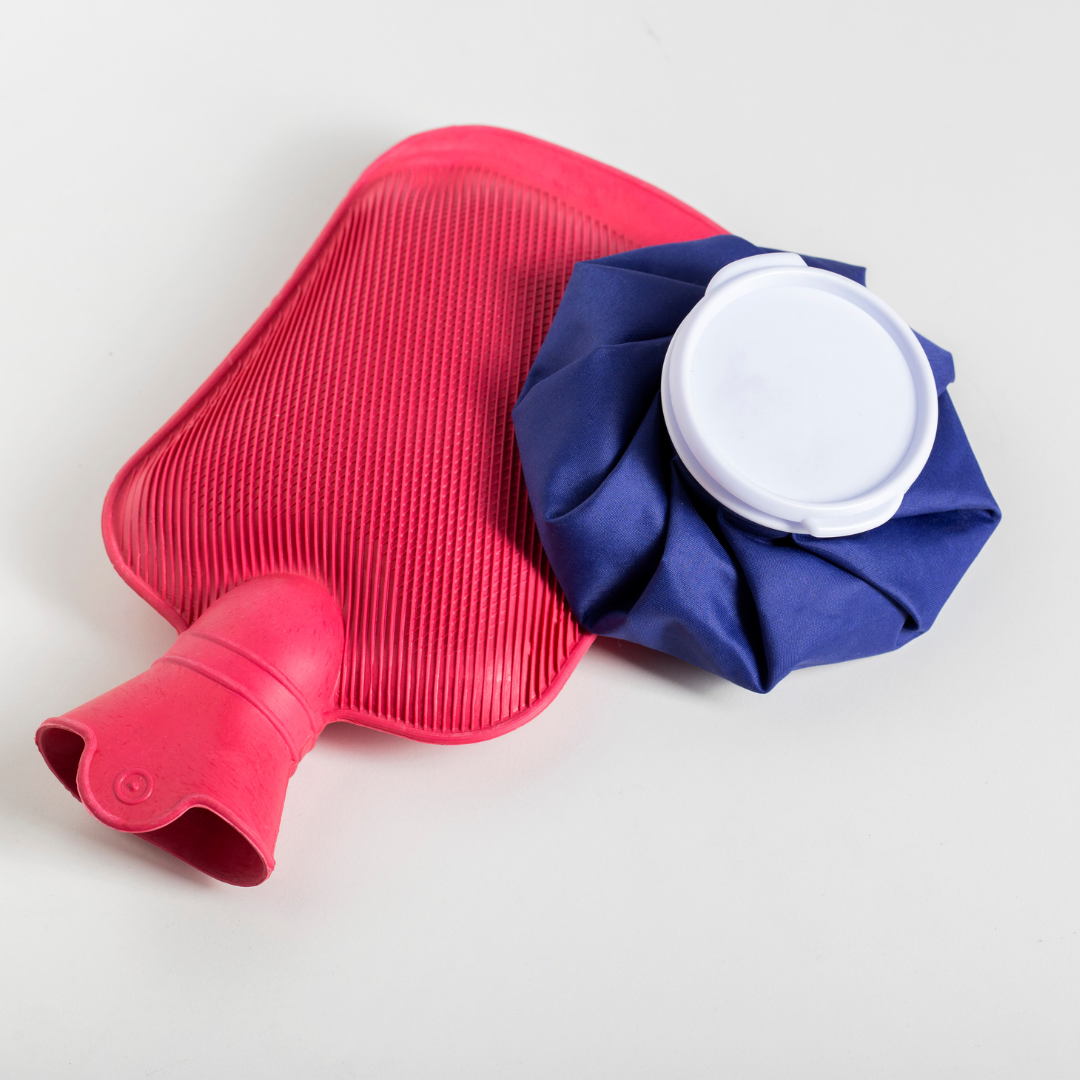
9. Heat And Cold Treatments
Heat and cold therapy are different but equally effective ways to relieve arthritis pain. Cold treatment constricts blood vessels, slows circulation, reduces swelling, and numbs pain.
Several physicians offer heat and cold therapies to relieve the symptoms of rheumatoid arthritis. Each has its own set of advantages:
Heat therapy stimulates circulation and helps alleviate tight joints and hurting muscles, while cold therapy constricts blood vessels, slows circulation, reduces swelling, and numbs pain.
People may try alternating heat and cold, but it's essential to monitor the skin for signs of harm and stop using these treatments if one arises.
Heat relaxes muscles and increases blood flow. A wet heating pad or a warm, damp cloth might be used.
Microwaveable hot packs are popular with many individuals. Don't overheat. Your skin should not get irritated. Heat treatment may also be used in the shower.
Applying Heat To Hurting Joints With A Heating Pad Or A Hot Water Bottle
Allow the warm water to touch the sore spot on your body. That could help to calm things down. Another fantastic approach to relaxing tight muscles is to soak in a hot tub. Avoid using hot tubs or spas if you have high blood pressure, have heart problems, or are pregnant.
Starting the day with a warm bath or shower may help ease stiffness, as can applying heated paraffin wax to painful joints. Heating pads, hot water bottles, and cold packs are among the therapies that you can purchase online.
Applying Coolness To Hurting Joints With An Ice Pack
Cold reduces edema and inflammation in joints. During an arthritis flare-up, for example, an ice pack can be applied to the afflicted joint.
Just be careful not to overdo it. For 15 minutes at a time, apply the cold compress. Between treatments, take at least a 30-minute pause.
Cold treatments should be limited to 20 minutes at a time. Wrapping an ice pack in a towel and applying it to sore places is one of these therapies.
- Putting ice on the injured joint
- Applying a cold pack
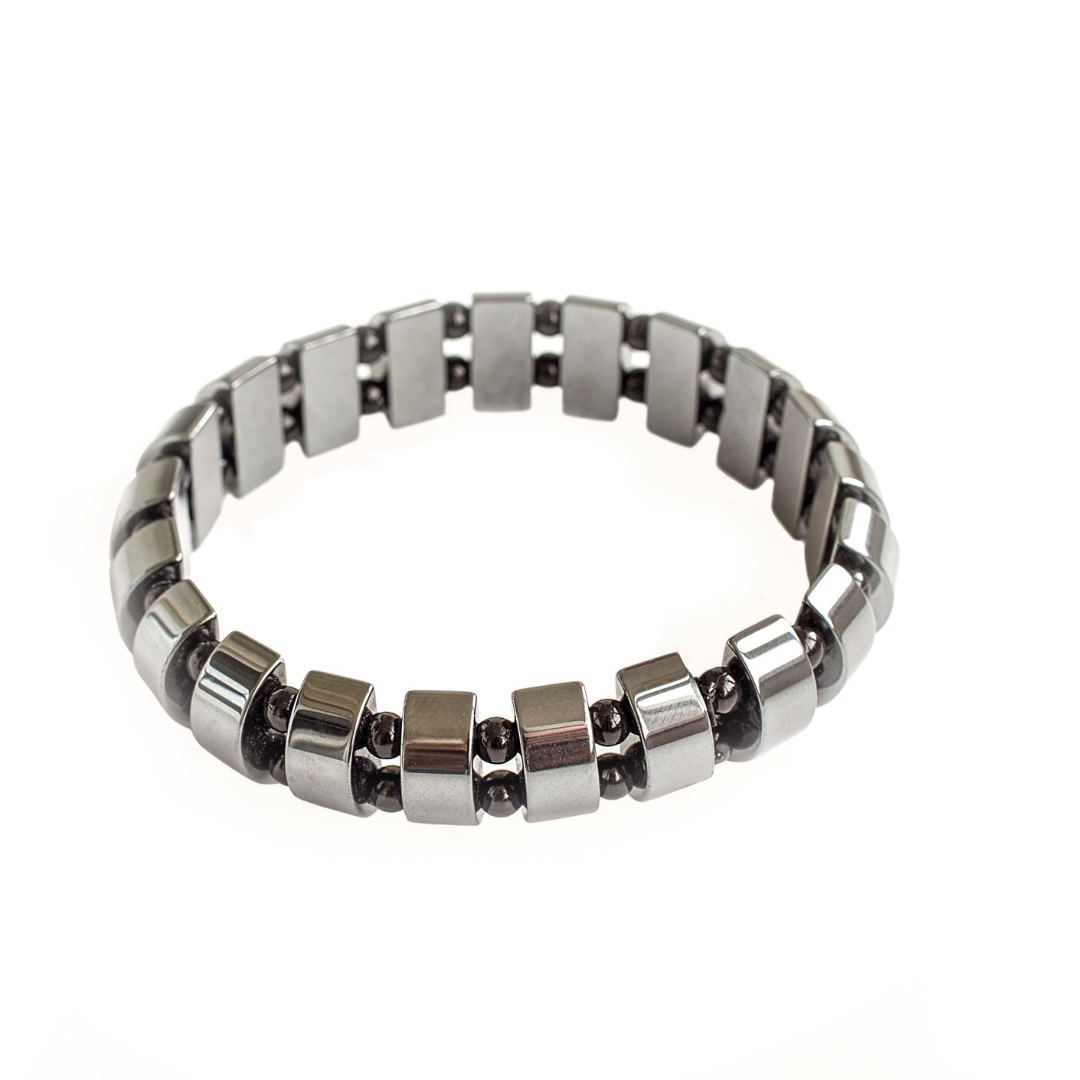
10. Magnet Treatment
Magnet treatments are available in various shapes and sizes, including bracelets, necklaces, inserts, pads, and disks.
They're available at most natural food shops. Most magnet research is done on persons with osteoarthritis, a wear-and-tear kind of arthritis connected to aging rather than RA.
Early investigations in knee and hip osteoarthritis patients found that they reduced joint pain better than a placebo.
However, doctors aren't sure how magnets relieve pain, and there's no conclusive evidence that they help people with rheumatoid arthritis.

11. Massage Therapy
This natural method has been used for thousands of years, and contemporary research has shown that it may aid with pain relief.
There are several varieties. Before you attempt it, you should see your doctor. You may also seek advice from others.
Choosing a massage therapist with experience working with RA clients is best. Let them know if you have any sensitive areas that they should avoid.
You might also request that they refrain from using scented cosmetics that may aggravate your skin.
According to the Arthritis Foundation, massaging the muscles and joints daily might help relieve arthritis discomfort.
According to experts, massage reduces the synthesis of the stress hormone cortisol and the neurotransmitter substance P, which is linked to pain.
Massage also boosts serotonin levels, which helps to enhance mood. Massage's effects on persons with arthritis in their upper limbs were explored in a 2013 research. The individuals were separated into two groups by the researchers.
A light-pressure massage was given to one group, while a moderate-pressure massage was given to the other group.
For four weeks, a skilled therapist massaged each participant once a week. The participants also learnt how to self-massage and practiced it once a day.
The moderate-pressure massage group had less pain, better grip strength, and a greater range of motion in the affected limb after four weeks than the light-pressure massage group.
Similar results were found in a 2015 research on the effects of moderate-pressure massage on knee arthritis.
The American College of Rheumatology and the Arthritis Foundation issued recommendations in 2020 stating that insufficient data indicates that massage helps alleviate osteoarthritis symptoms. Massage, however, may offer other advantages, such as stress reduction.
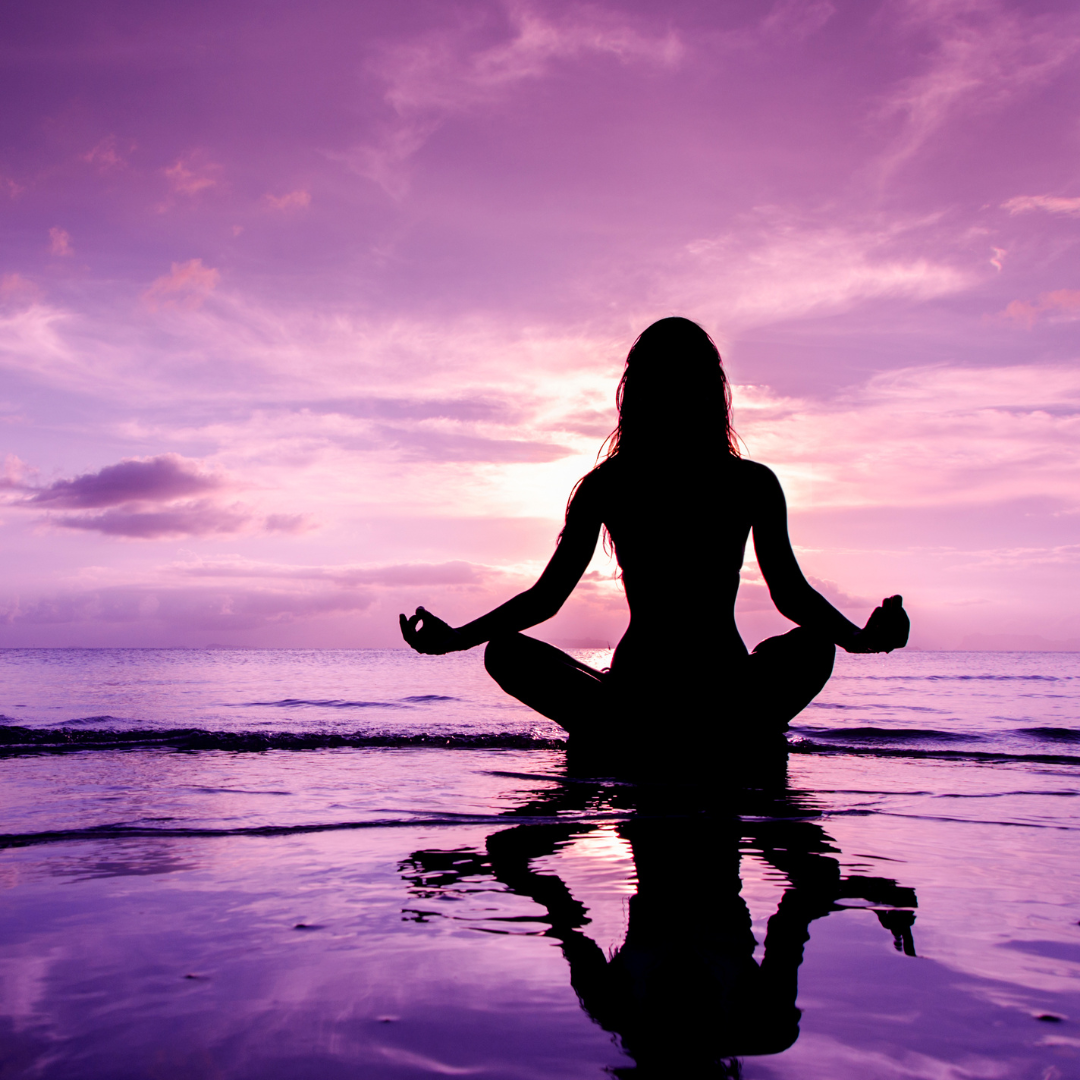
12. Meditation
This method may be as easy as concentrating on breathing and observing each inhale and exhale. It isn't about being incredibly peaceful, and it doesn't involve any spiritual beliefs.
Anybody can do it; it only takes a few minutes to make a difference. Almost definitely, your thoughts will stray.
That's OK. Restore your concentration to your breath or anything else you've chosen to concentrate on.
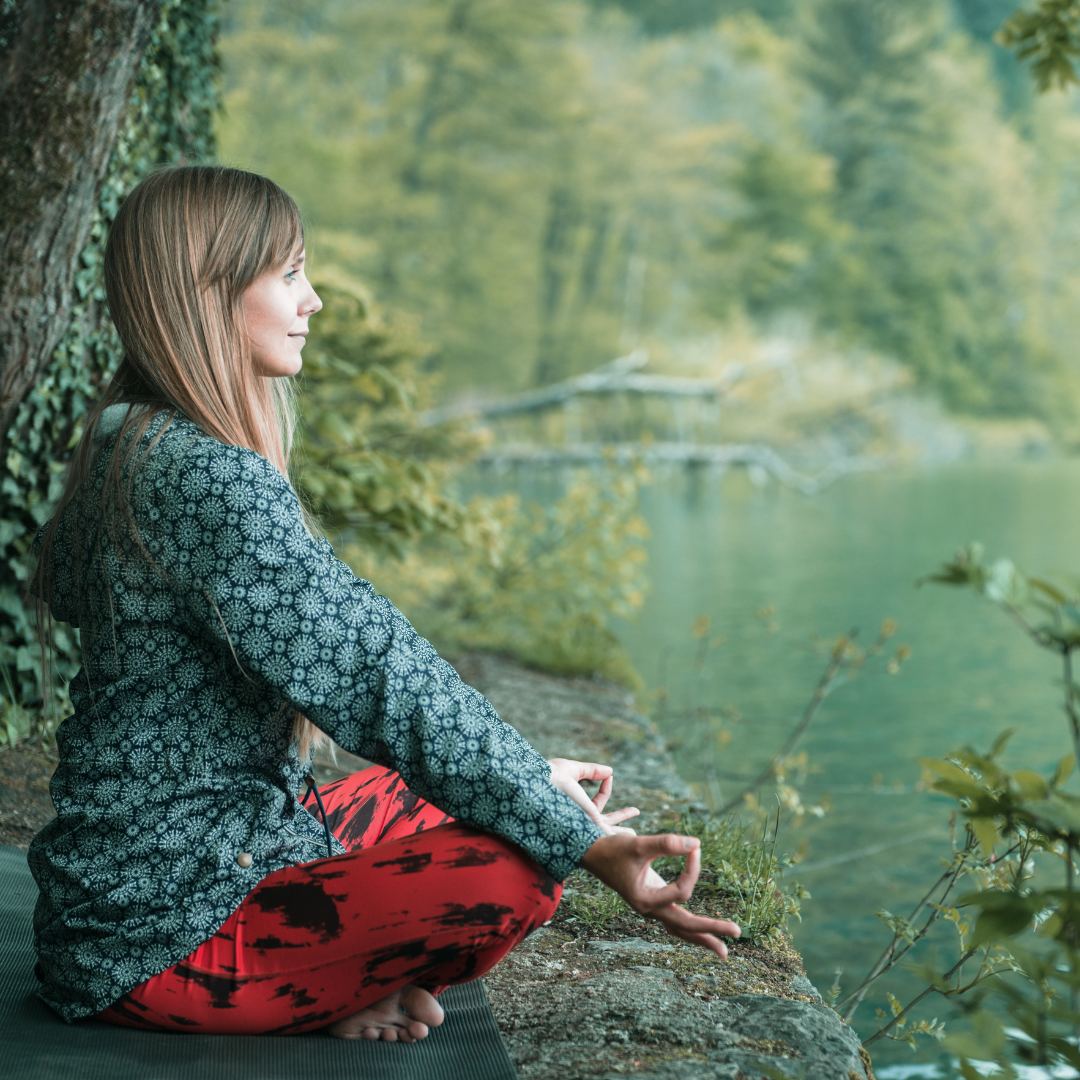
13. Mindfulness Meditation
Meditation is a kind of mindfulness. People who practice mindfulness aim to concentrate their attention on their sentiments and the sensations their bodies are experiencing now.
Mindfulness-based stress reduction (MBSR) is a program that uses mindfulness to help people manage pain and stress, two factors that can weaken the immune system.
A 2014 research looked at whether MBSR may help persons with arthritis lower disease activity by increasing their immune system.
The research included 51 individuals, 26 of whom completed an 8-week MBSR program, while the other 25 got no therapy.
Participants who exercised MBSR had fewer arthritis symptoms, such as pain, stiffness in the morning, and several painful and swollen joints. Participants noted these gains immediately after MBSR and up to 6 months afterwards.
14. Muscle Relaxation That Gets Better Over Time
To do so, tense and then relax your muscles in various places.
- Begin with your facial muscles and work your way down the body, beginning with your neck, arms, chest, back, belly, legs, and feet. Alternatively, start at the bottom and work your way up.
- Deeply inhale while contracting your muscles.
- When you let go, exhale.
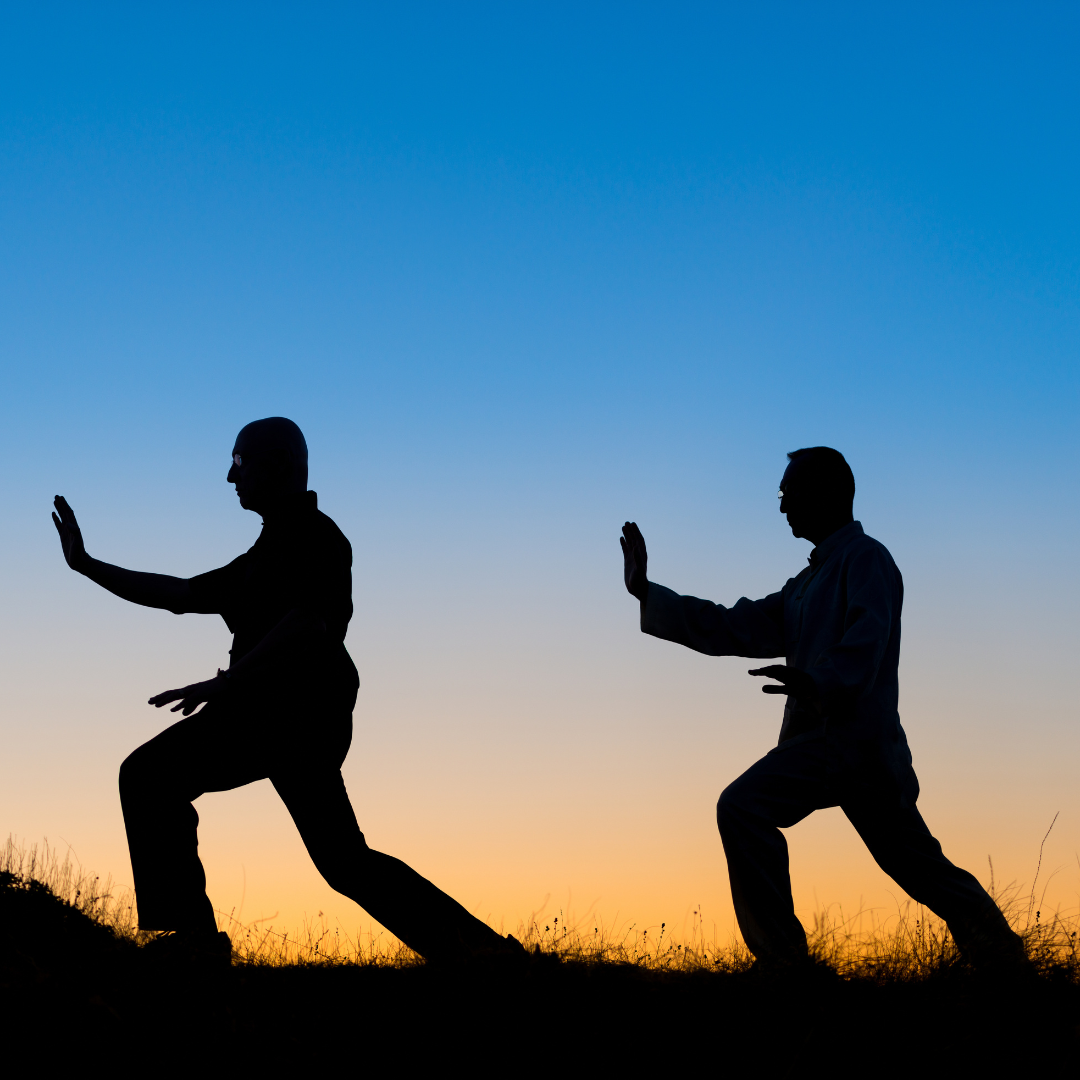
15. Tai Chi (Tai Chi Chuan)
Tai Chi Is A Chinese Martial Art. This mild, sluggish martial art is friendly on the joints. You'll stand and do a series of gentle motions that you can modify if your joints hurt.
Strength, flexibility, and balance may all benefit from it. There isn't enough evidence to know whether it helps relieve arthritis discomfort, but it's worth a go.
Tai chi is a low-impact workout that combines slow, soft motions with breathing to improve flexibility, muscular strength, and balance.
Researchers in 2013 performed seven studies that looked at the usefulness of tai chi for alleviating arthritis symptoms.
The authors determined that a 12-week tai chi session helped individuals with osteoarthritis reduce pain and stiffness while improving physical function.
16. Thunder God Vine Supplement
Inflammation and sore joints in patients with arthritis who take this supplement have been proven to decrease in a few trials.
This includes several research studies that compared this root to sulfasalazine, a standard arthritis treatment, and concluded that thunder god vine relieves symptoms more than sulfasalazine.
Stomach trouble, headaches, hair loss, upper respiratory tract infections, and male sterility are all possible side effects. It is not recommended for pregnant women or women at risk of osteoporosis.
Remember that finding a safe and high-quality thunder god vine produced in the United States is challenging.
According to the National Center for Complementary and Integrative Health, the safety and efficacy of thunder god vine imported from outside the United States (such as China) cannot be proven.
A Supplementary Warning
Arthritis research has shown that various supplements and natural therapies may be beneficial. However, the conclusion isn't yet apparent since the study is still in its early phases.
It's important to remember that supplements might interact with other drugs. Even if it's natural, tell your doctor about everything you're taking so they can ensure it's safe for you.
17. Transcutaneous Electrical Nerve Stimulation (TENS)
Transcutaneous electrical nerve stimulation (TENS) is a technique that stimulates the nerves. TENS is a pain-relieving technique that employs electrodes in adhesive pads that adhere to the skin's surface to deliver tiny electrical currents to the body.
According to current recommendations, no proof exists that TENS can assist with osteoarthritis pain.
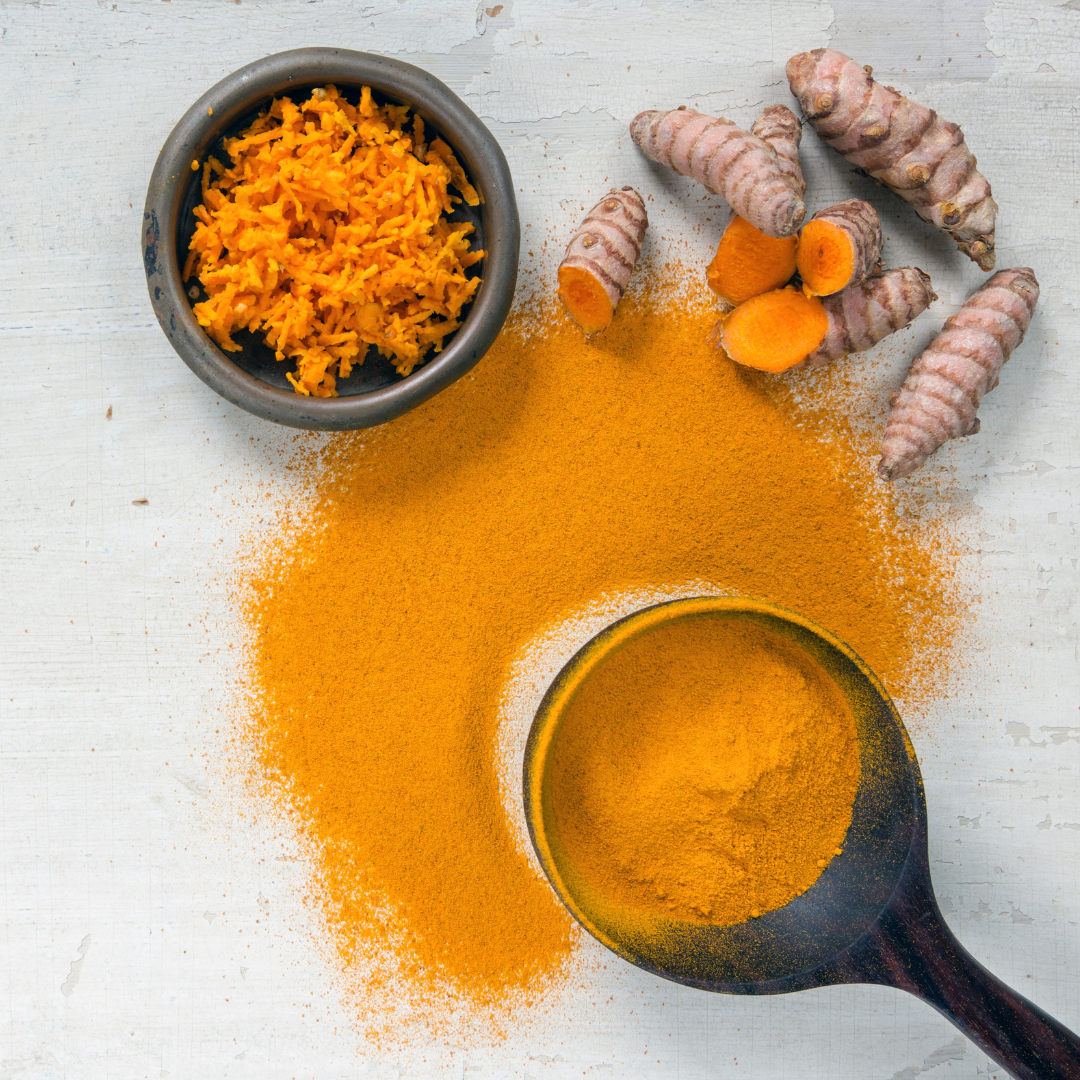
18. Turmeric
The ginger family includes this golden spice used in many cuisines. It's originally from India and Indonesia and has been used in traditional medicine for generations.
According to research, it seems to inhibit proteins that generate inflammation and may help with pain relief, similar to other nonsteroidal anti-inflammatory medicines (NSAIDs) routinely used to treat RA.

19. Visualization
Visualization can aid in the reduction of stress and pain. Close your eyes and do this easy exercise.
- Take a deep breath
- Visualize yourself in a calm, pleasant environment

20. Vitamin D
Vitamin D helps the immune system work properly and develops healthy bones. According to a 2016 study, patients with arthritis had lower vitamin D levels than those who do not have the disease. Those with the lowest levels of vitamin D also had the highest rates of disease activity.
However, whether vitamin D supplements lower disease activity in persons with arthritis is yet unknown.
According to current recommendations, vitamin D supplements are not recommended as a therapy for osteoarthritis.
Sun exposure and some foods are both sources of vitamin D. Supplements for vitamin D are also available in shops and online.
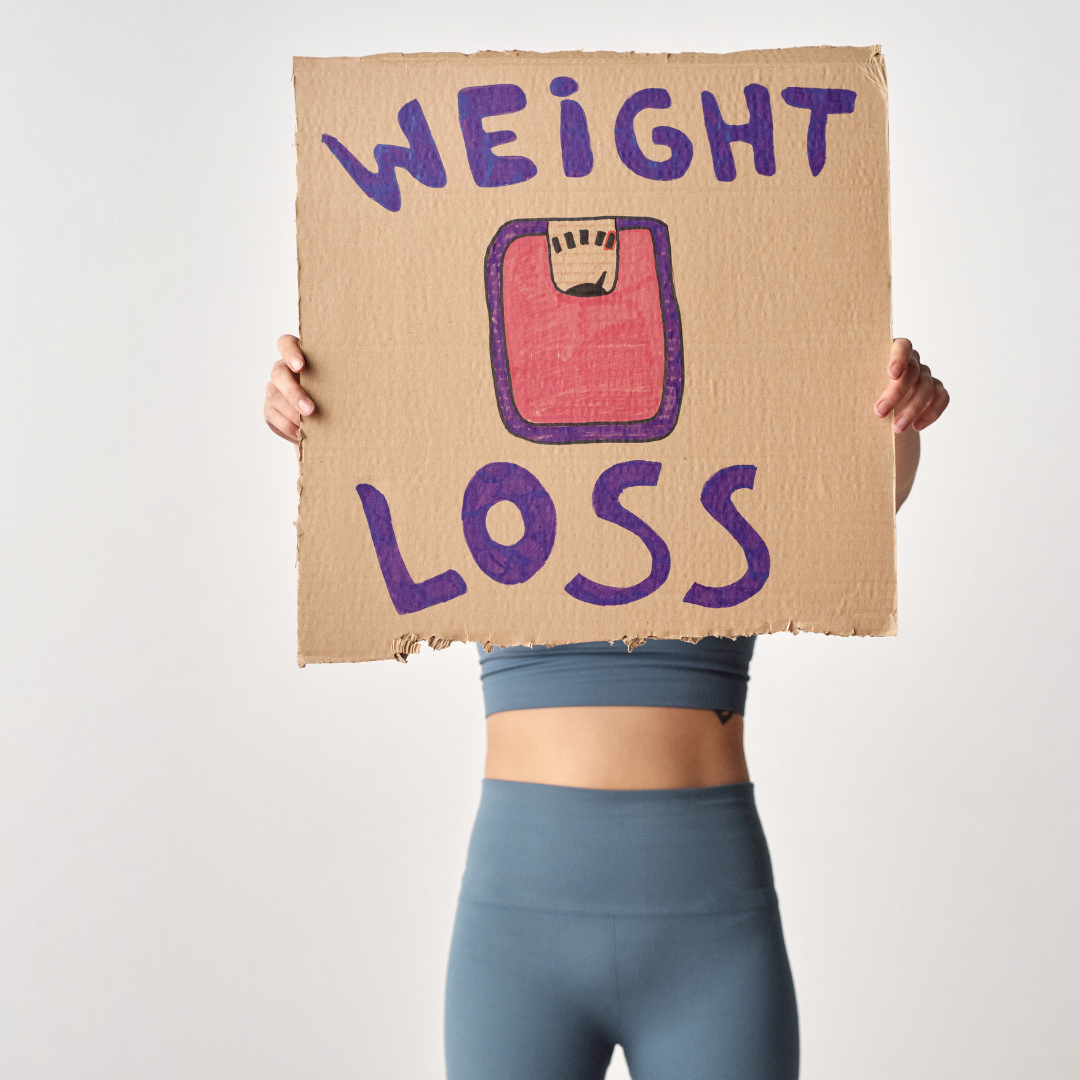
21. Weight Loss
The Arthritis Foundation estimates that each pound (lb) of body weight adds 3 lb of stress to the knees and 6 lb of strain to the hip joints.
The cartilage between the joints breaks down more rapidly due to the increased pressure, exacerbating osteoarthritis. Losing weight helps relieve joint strain, resulting in less discomfort and stiffness.
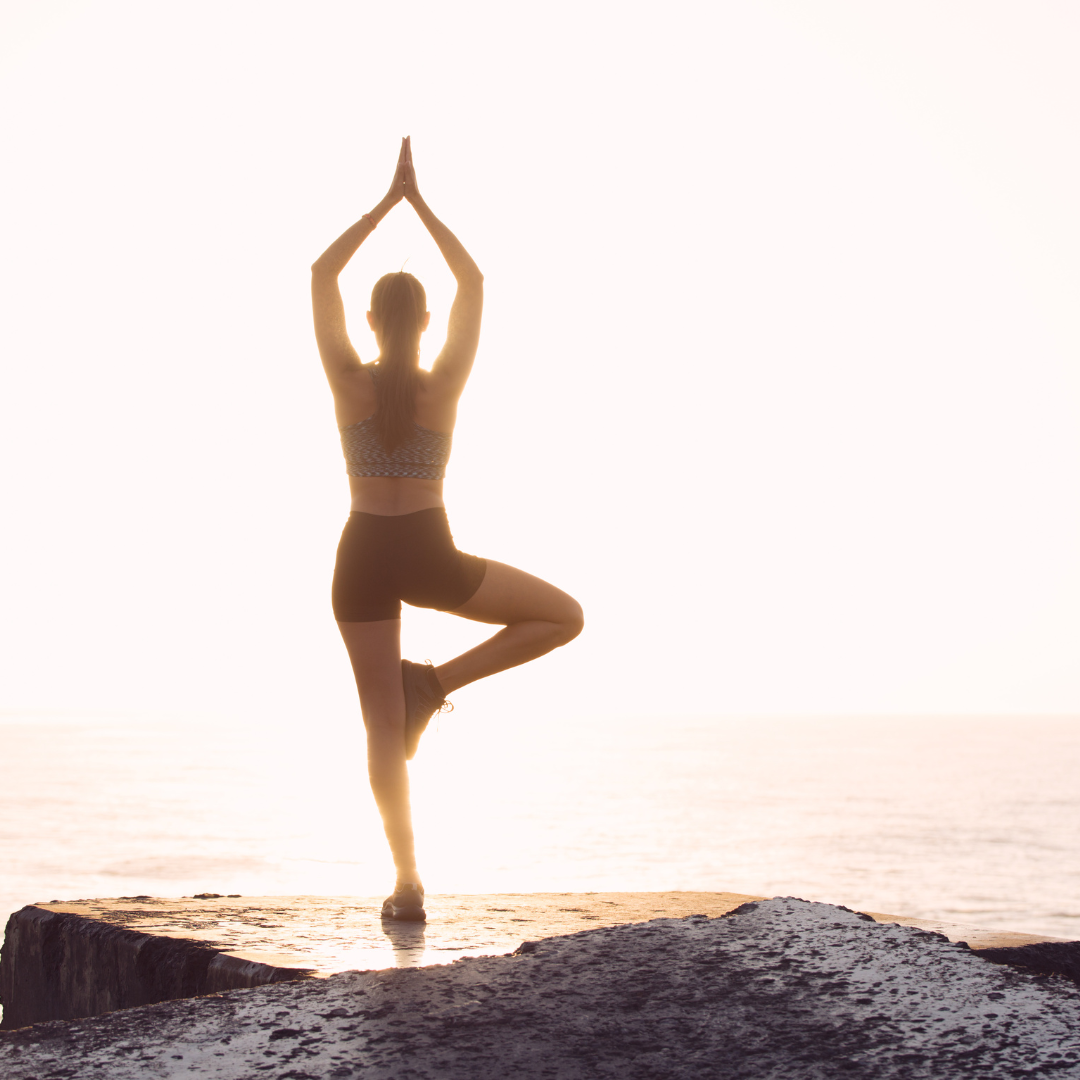
22. Yoga
Yoga has been practiced for more than 5,000 years. This combination of low-impact exercise, breathing, and meditation was created in India.
It is beneficial to both your body and mind. It may help relieve joint discomfort, increase flexibility, and relieve stress and tension. Studies show that it reduces the molecules that promote inflammation and stress.
Iyengar yoga is a style that emphasizes proper anatomical alignment and relies on props to support the body while also reducing stress and inflammation.
The usefulness of a 6-week Iyengar yoga program for young women with arthritis was studied in a 2013 research.
The researchers sorted the 26 individuals into two groups: 11 people attended two 1½-hour yoga lessons for six weeks, whereas the remaining 15 did not attend any yoga classes.
Yoga participants reported substantial increases in health, happiness, quality of life, and capacity to manage chronic pain compared to the control group.
Before jumping in, check with your doctor to ensure it's safe. Work with them to select a teacher familiar with persons with RA.
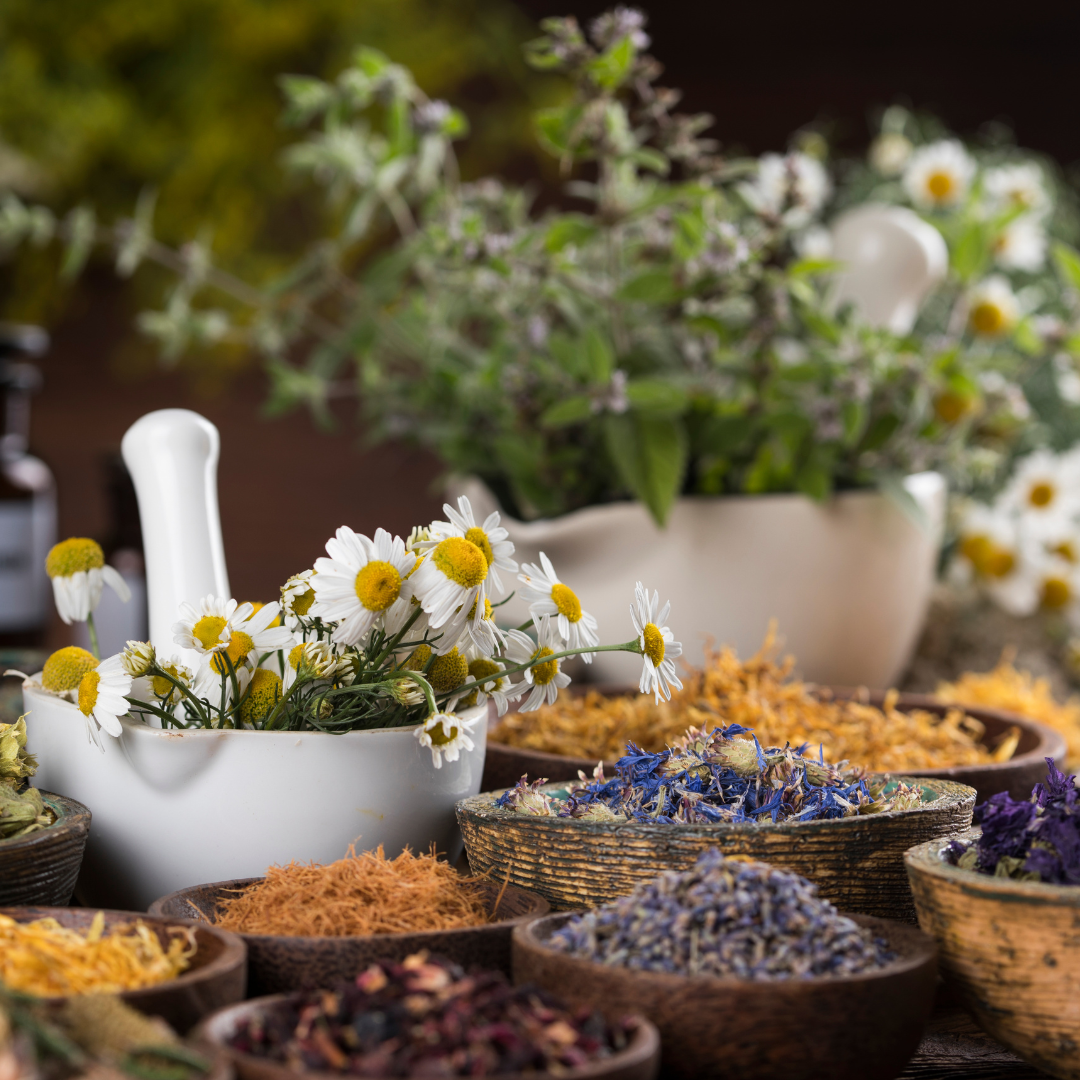
Conclusion
Are you suffering from arthritis pain? Are you like me and want to help your body heal the inflammation and pain?
In this article, I showed you 22 ways of healing arthritis naturally. Would you like to attempt to use some of these natural or home remedies?
Please talk to your healthcare provider first to see which remedies might be most beneficial for you and if there are any restrictions on what you may try.
As you can see in this post, there are some ways of natural healing you can practice yourself, like
- Breathing
- Exercise
- Meditation
- Mindfulness meditation
- Muscle relaxation
- Yoga
Then there are others where you will need the guidance of a licenced practitioner, like:
- Acupuncture
- Aromatherapy
- Biofeedback
- Massage Therapy
- Magnet Treatment
- Transcutaneous electrical nerve stimulation
I trust you enjoyed this article on Healing Arthritis Naturally. Please stay tuned for more blog posts to come shortly. Take care!
JeannetteZ
>>>Please click here to read my all-inclusive article about A Comprehensive Guide To Healing Naturally<<<
>>>Are you interested in Natural Healing through Herbs? Please click here for my #1 Recommendation<<<
Your Opinion Is Important To Me
Thoughts? Ideas? Questions? I would love to hear from you. Please leave me your questions, experience, and remarks about this article on Healing Arthritis Naturally in the comments section below. You can also reach me by email at Jeannette@Close-To-Nature.org.
Disclosure
This post may contain affiliate links. As an Amazon Associate and other affiliate programs, I earn from qualifying purchases at no extra cost to you. Read my full affiliate disclosure.
You might also enjoy these blog posts:
An Overview Of Yoga With Health Benefits
How Not To Give Up – Strategies For Not Quitting
28 Ways To Beat Depression Naturally
The Most Stressful Life Events

